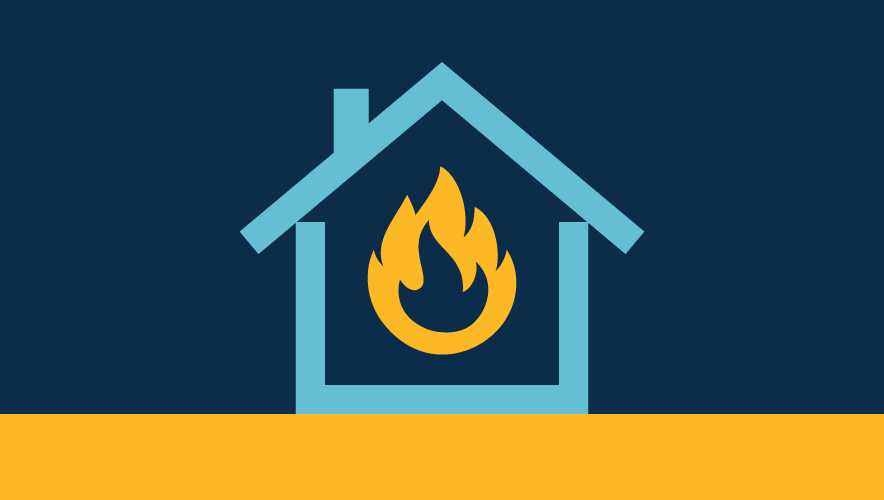Court-Storming Tradition Is a Major Safety Concern
Sports are contests that showcase physical and mental prowess. There are victories that thrill and defeats that agonize. Fans share these emotions with the players and teams, and in a civilized world, it ends there.
However, we live in world with humans, and humans at sporting events seem to have a greater capacity than most to turn what should be civilized celebration or disappointment into safety and security risks that threaten the well-being of everyone involved, from the athletes to the fans.
The latest example comes amidst a surge in popularity of women’s basketball. One of the stars of this resurgence is University of Iowa guard Caitlin Clark. On Sunday, her Hawkeyes were on the losing side of an Ohio State upset in Columbus, Ohio. Rabid Ohio State fans charged out onto the court in celebration, and one of those fans, who was running while looking at her phone, collided hard with Clark, knocking her to the ground.
Startled and shaken, Clark did not suffer any injuries, but the incident underscores the danger.
Just one week earlier, Purdue men’s basketball coach Matthew Painter presaged the incident after his team lost a game at Nebraska and fans streamed onto the court in celebration.
“We’ve got to do something about the court storms, guys,” he said in a postgame news conference. “I don’t know why institutions aren’t ready for it. What did you think was going to happen if they won? …Someone’s going to get hurt. It could be a student, it could be one of Nebraska’s guys, could be one of our guys, could be someone working the scorer’s bench. It could be anybody.” He continued, “You’ve got to get order. You’ve got to get a rope. You’ve got to get police officers and you’ve got to get people around and protect your own. …Protect us, protect them, protect the fans.”
That was the second incident in just over a month for the Purdue team. At Northwestern University in early December, Painter began ushering his players off the court before the game was officially over to protect them because it was obvious fans were going to run out onto the court the instant the game ended.
All three games mentioned above occurred at colleges that are part of the Big Ten Conference, a U.S. collegiate athletic conference. After the incident in Ohio, Big Ten vice president of strategic communications Scott Markley told the Associated Press, “We try not to be too heavy-handed on the policy of court-storming for a problem that doesn’t necessarily exist. ...Don’t want to unfairly financially hurt already cash-strapped athletic departments. But we do have a policy, but generally it’s rely on school policy, local law enforcement, (to) know what’s best for their fans and student-athletes and officials. And we’re always monitoring these things and discuss if we need to make adjustments in the interest of a safe environment.”
Clark was not targeted and there were no reported injuries needing attention at any of the three incidents referenced above, but that is not always the case. Animosity between teams during a 2014 game between New Mexico State and Utah Valley spilled into an after-game celebration that had Utah Valley fans pushing, shoving, and in some cases throwing punches at New Mexico State players on the court after the game.
A University of Florida player filed an incident with the University of Georgia’s University Police when he was punched by storming fans after a basketball game in 2004.
More serious injuries have occurred when thousands of fans rush football fields after games. Inevitably, fans climb the goalposts, which are not designed to support such weight. When they fall, they injure. In the 1980s, a student suffered massive head injuries including brain damage from a goal post at Yale University. There are many reports of broken legs and arms as a result of fan storming incidents.
Storming football fields and tearing down goalposts has become common enough that Neil Gilman, president of Gilman Gear which manufactures goal posts, invented a hinged version that can be lowered safely by three people in approximately 20 seconds. Many colleges use the hinged goal posts and lower them immediately at the end of every game.
Among the major conferences, the Big Ten and the Atlantic Coast conferences have no policies against court or field storming. The Big 12 and the Southeastern Conference both punish universities when fans rush the court or field with an escalating fine system. It has not proven to be incentive enough for schools to invest in new security equipment or procedures to end the practice, however.











